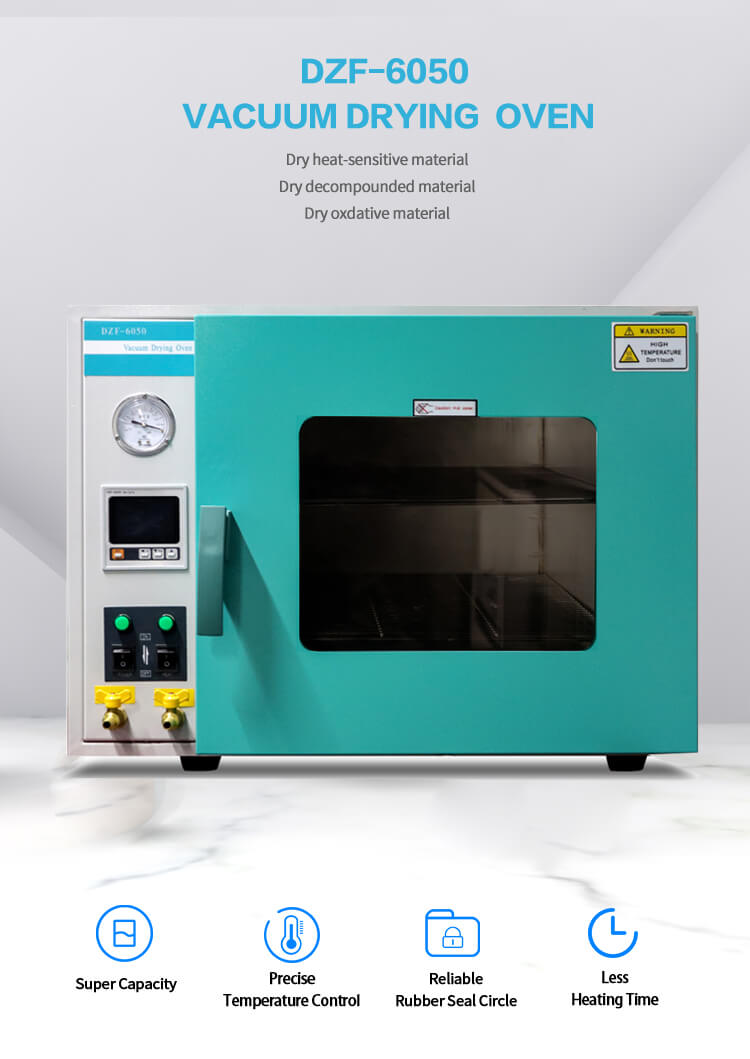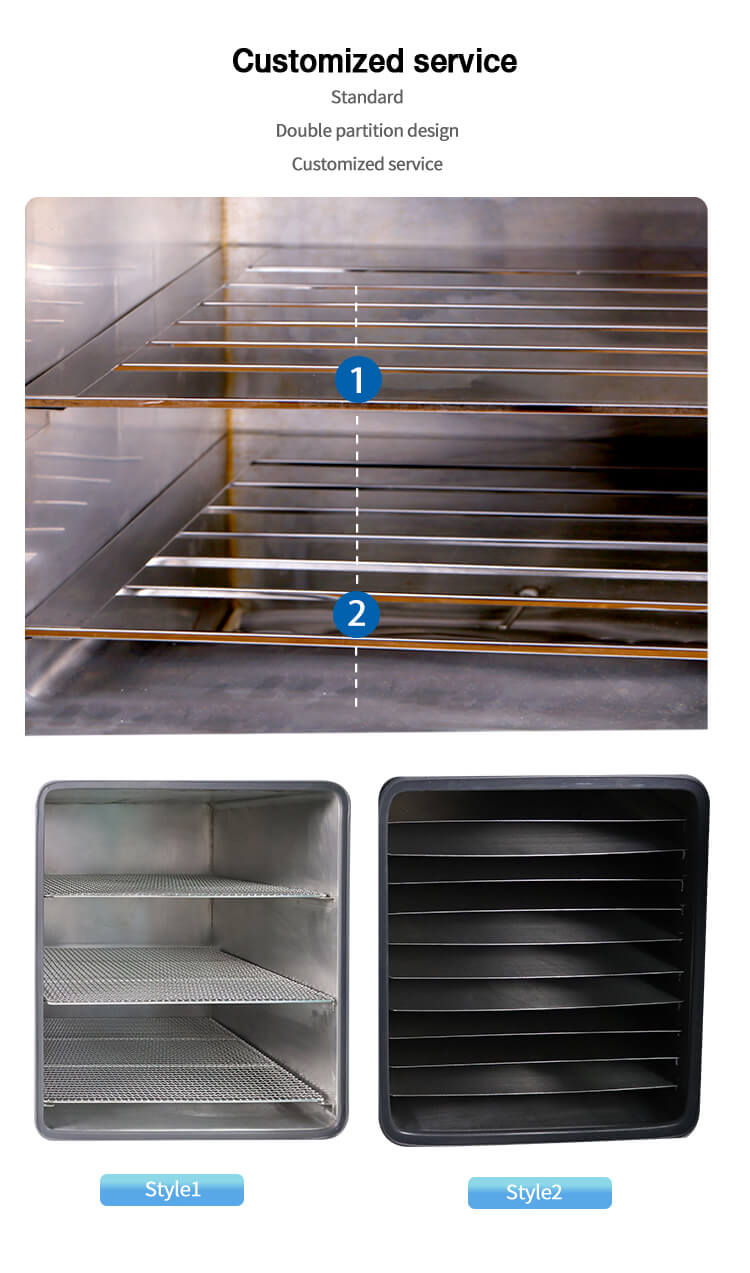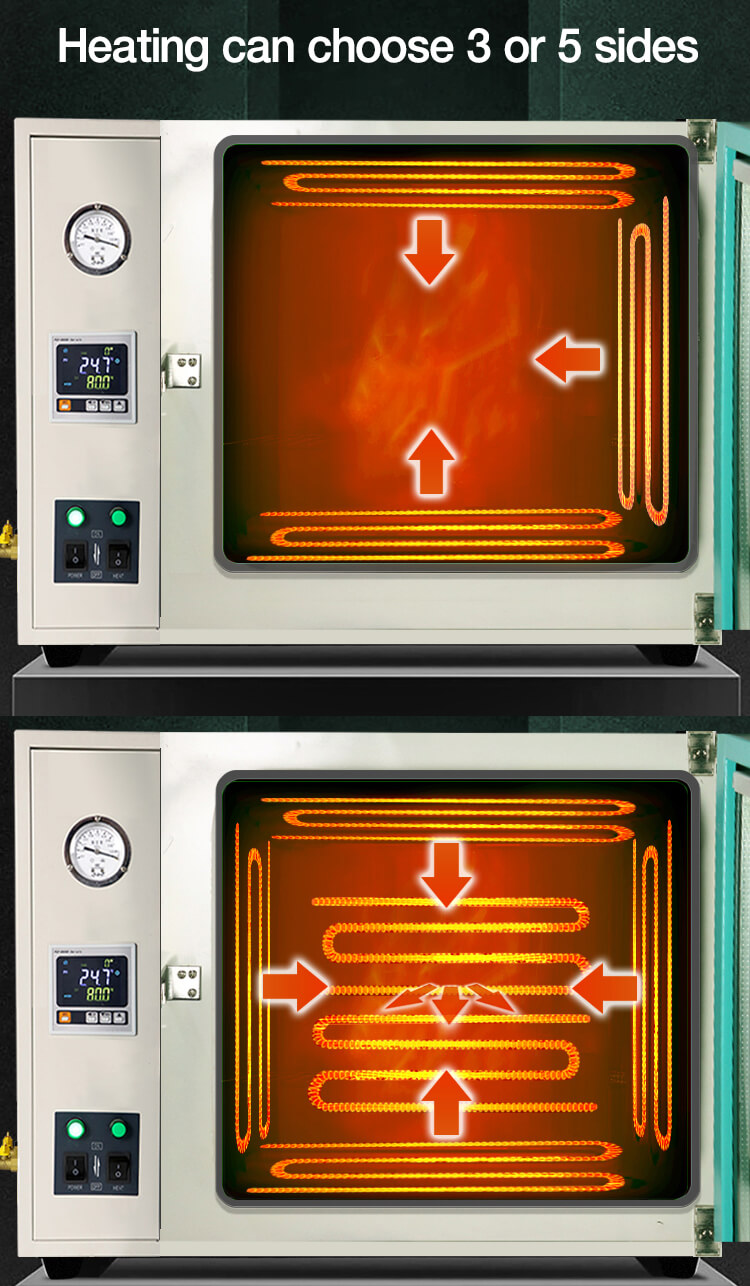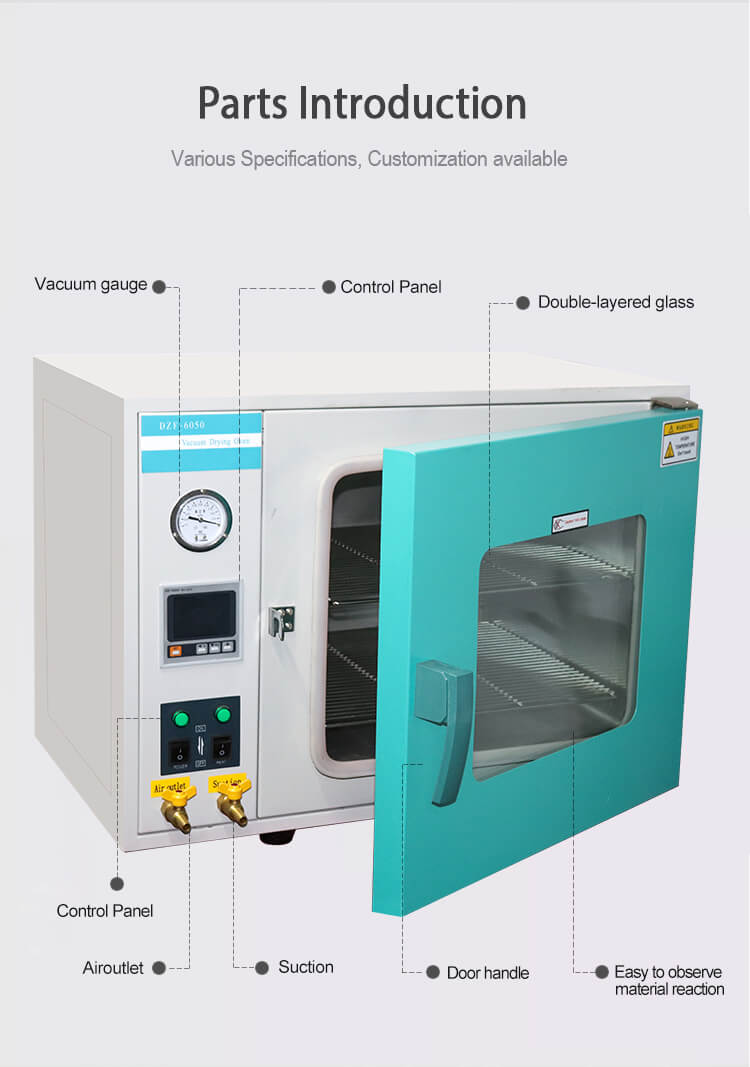In the world of science and technology, innovation knows no bounds. The vacuum drying process is one such ingenious solution that has garnered attention for its ability to efficiently dry a wide range of materials. From food processing to pharmaceutical industries, the vacuum drying process has revolutionized the way products are preserved and processed. Let us delve into the details of this remarkable technology and understand its significance in various sectors.
Understanding the Vacuum Drying Process
The vacuum drying process involves the careful removal of moisture or any other volatile substances from a material under low-pressure conditions. It utilizes advanced vacuum drying ovens, such as the Vacuum Drying Oven, to achieve precise and controlled drying. These ovens create a vacuum environment by removing air and reducing the pressure, which, in turn, lowers the boiling point of water or any other solvent present in the material.
Improved Efficiency and Quality
Unlike conventional drying methods, the vacuum drying process eliminates the need for high temperatures, decreasing the risk of thermal degradation. By drying the material under vacuum, its boiling point lowers, allowing for gentle and precise drying at significantly reduced temperatures. This not only ensures the preservation of the material's quality but also prevents flavor loss, color fading, and nutrient degradation in food products.

Enhanced Preservation and Sterilization
The vacuum drying process is widely employed in the pharmaceutical industry for preserving sensitive drugs and vaccines that might be prone to degradation under high temperatures. By drying the materials in a vacuum, the growth of microorganisms and bacteria is inhibited, providing a sterile and long-lasting product. This process also minimizes oxidation and helps in maintaining the potency of delicate pharmaceutical substances.

Wide Range of Applications
The versatility of the vacuum drying process is evident in its various applications across different industries. From drying fruits, vegetables, and spices to preserving enzymes and probiotics, vacuum drying plays a crucial role in the food processing sector. In the chemical industry, this process aids in drying heat-sensitive materials, such as polymers and resins. It is also extensively used in research laboratories to remove moisture from samples before further analysis or experimentation.

Conclusion
In an era where technological advancements shape our daily lives, the vacuum drying process stands out as a truly remarkable innovation. Its ability to efficiently and gently dry materials while preserving their quality and integrity has revolutionized various industries. From food processing to pharmaceuticals, this technology continues to play a pivotal role in enhancing product preservation, sterilization, and overall quality. The vacuum drying process is undoubtedly a significant milestone in industrial drying, showcasing the immense potential that science and technology hold for future progress.






